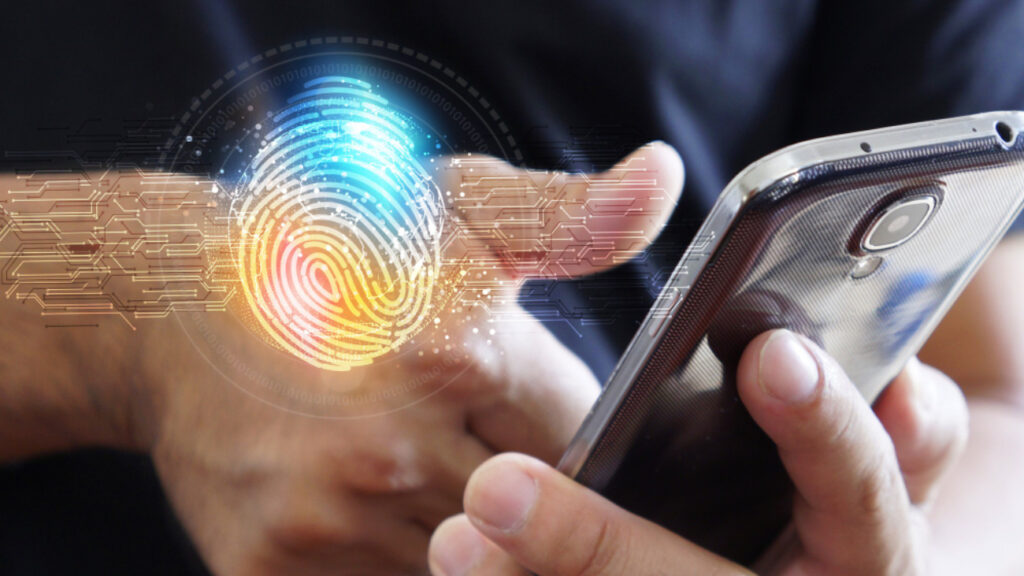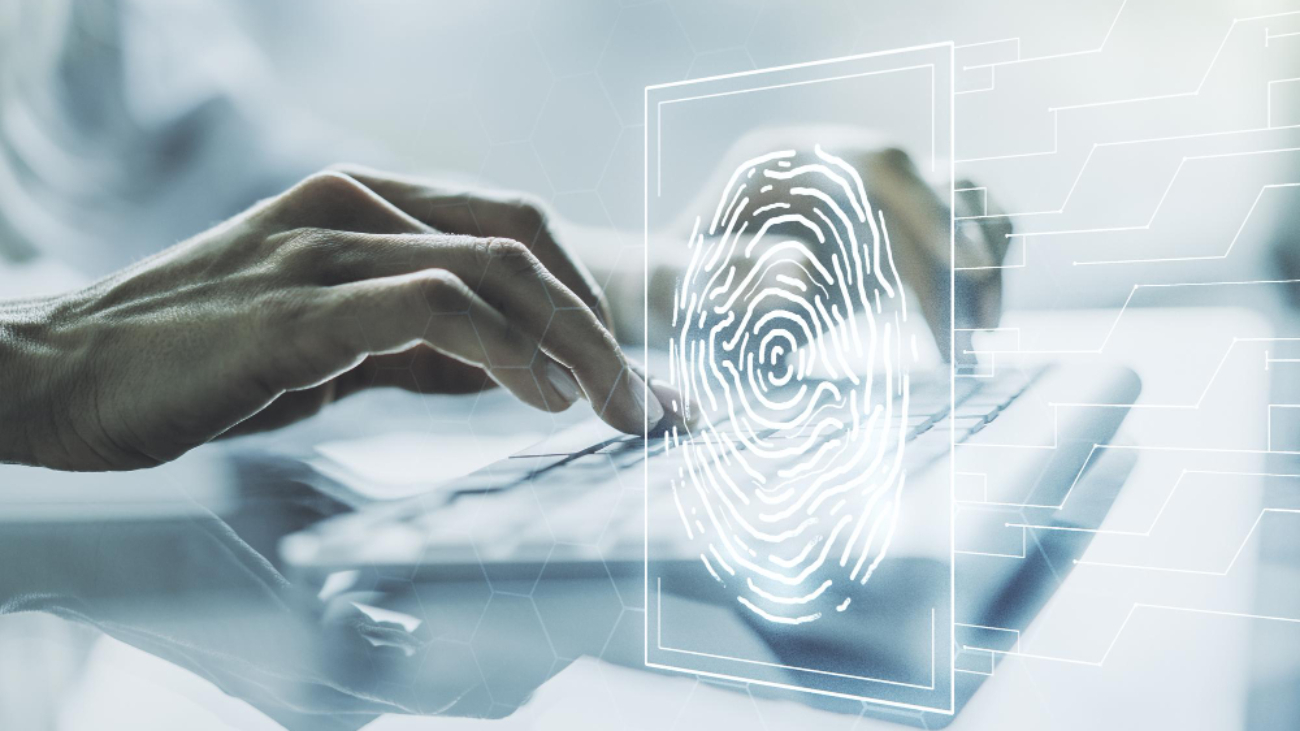A nation may not have enough to provide for its citizens if illegal immigrants barge in to share in the resources stated by Bahaa Abdul Hadi. Conversely, not letting legal visitors or returning citizens in may hamper economic growth. Border control is therefore necessary for national security and economic prosperity. The old methods of checking travel documents and visual inspection are time-consuming. They are also susceptible to fraud.
Biometric fusion is much more reliable as it combines more than one biometric marker to identify an individual. Markers like fingerprint and iris are unique to a person and very difficult to fake.
Challenges of Border Control
Without biometric technology in border control, problems like these arise:
- Long Waiting Times: Manual verification of travel documents leads to long queues.
- Increased Security Threats: The rise of sophisticated identity theft and document forgery heightens security concerns.
- Inefficiency in Handling High Traffic: Seasonal surges in tourist arrivals overwhelms the border control staff.
Benefits and Impact of Biometric Fusion
The implementation of biometric fusion yields significant improvement in border control:
- Reduced Waiting Times: Automated verification through biometric fusion significantly reduces processing times, leading to faster passenger clearance.
- Enhanced Security: Combining multiple modalities makes it significantly harder for unauthorized individuals to enter the country using stolen or forged documents.
- Improved Efficiency: The system streamlines border control operations, allowing staff to focus on complex cases while efficiently handling high volumes of travelers.
- Traveler Convenience: A more streamlined process with shorter wait times improves the overall travel experience for legitimate travelers.
Overcoming Challenges and Looking Ahead
Despite its success, biometric fusion poses some potential challenges:
- Data Privacy Concerns: Robust data security measures and clear communication regarding data collection and usage are crucial to maintain public trust.
- Inclusivity for Travelers with Disabilities: The system must be adaptable to cater to individuals with limitations using alternative biometric modalities or incorporating accessibility features.
- Continuous System Improvement: Regular upgrades and maintenance are essential to ensure the effectiveness and security of the biometric fusion system.
Biometric fusion, when implemented thoughtfully and ethically, holds immense potential to transform border control processes in the future.
Conclusion
By combining multiple biometric modalities, countries can achieve a balance between security and efficiency. They will ensure the safety of their borders while facilitating legitimate travel. The biometric fusion technology is only going to get better with time. In the future, visitors may not have to wait in queues as fast-capturing cameras will identify them on-the-go.
There might even come a time when the need for a passport and visa will be redundant. All information about the traveler would become accessible online through biometrics. Thank you for your interest in Bahaa Abdul Hadi Blogs. For more information, please visit www.bahaaabdulhadi.com







